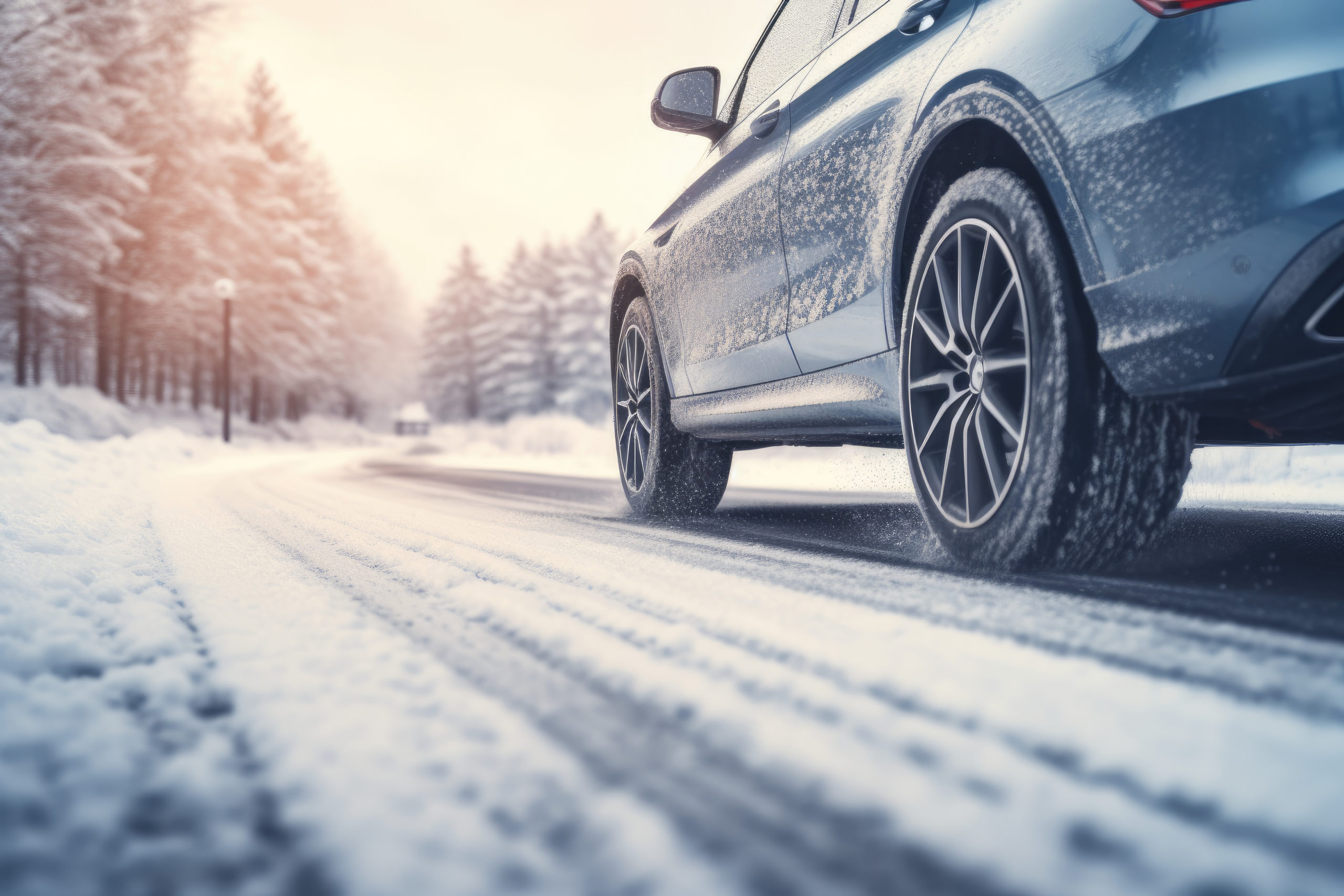
18 December 2023
Ascend’s Winter Driving Guide
Winter weather brings winter roads, which can be dangerous when there's snow, ice or sleet around, leading to breakdowns and accidents. How do you make sure you’re prepared, and that your vehicle is safely equipped before setting off in challenging winter weather? Here’s Ascend’s Winter Driving Guide!
Vehicle tips inside and out
- Make sure all your windows are free from ice, snow and condensation before you set off on your journey. You may incur a fine if your windscreen and other windows have snow or thick ice on them and don’t forget the roof, as snow can slip onto your windscreen while you’re driving and obstruct your view.
- Make sure there’s a suitable additive in your screenwash to reduce the chance of it freezing.
- If you have condensation, use the air-con instead of your heater as it demists the windscreen faster.
- Replace worn or damaged wiper blades and don’t leave blades on the ‘auto’ setting when you park because if there’s a frost, and they freeze onto your windscreen, they could be damaged when you turn the engine on.
- Check your lights. Are they dirty? Give them a clean to maximise their effectiveness and visibility to other drivers.
- Make sure your number plates are clean as they are required by law to be visible.
- Check your tyres - 3mm of tread is recommended for winter, and ‘letting air out of your tyres for more grip’ is a myth, unfortunately, and makes your car less safe!
- Only consider snow chains if there’s enough snow to justify them or they could damage the road.
- Consider fitting winter tyres or ‘all-season’ tyres made from a special rubber that gives special grip in cold or wet weather.
- Keep your antifreeze topped up and make sure it’s the right type for your vehicle.
Your in-car kit for winter driving
- Ice scraper
- De-icer liquid or spray
- Torch and spare batteries
- First aid kit
- Warning triangles
- A fully-charged mobile phone and portable charger
- Warm clothes and a high-vis jacket
- Hot drink and non-perishable snacks
- A shovel in case you need to dig yourself out of snow
- Jump leads
Driver preparation
- Allow extra time for winter journeys including that all-important extra ten minutes to de-ice the car before you set off.
- Check you’ve got at least a quarter of a tank of petrol in case you come across an unexpected delay.
- If you drive an automatic car, check the handbook, as some automatic vehicles have a winter mode, or the handbook may recommend selecting ‘2’ in slippery conditions.
- Plan your route around major roads as they are more likely to be cleared and gritted and avoid those you know could be treacherous.
- Make sure you’re wearing shoes that won’t slip on the pedals whilst driving.
Out on the road
- If driving up a hill, leave a large gap between you and the car in front, or wait until the way is clear so you can drive all the way up without having to stop. Drive at a constant speed and avoid having to change gear.
- If driving down a hill, drive in as low a gear as possible and try not to brake. Leave as much room as you can behind the car in front.
- If the road is icy, or you’re setting off in treacherous black ice, try to start off in second gear, taking your foot slowly and gently off the clutch to avoid wheel-spin.
- Be gentle on the brakes.
Other Blog you may be of interest
Safe Driving In Winter Baby, It’s Cold Outside... Cold Temperatures and Vehicle BreakdownsAny questions? Please don’t hesitate to contact one of our team.
Matthew.collins@ascendbroking.co.uk| Telephone: 01245 449 060

Recent Posts
Ascend Broking
How AI is Revolutionising Fleet Safety
Ascend Broking
The Risks of Leaving Tools in Vehicles Overnight
Ascend Broking





